We’ve been collecting all your questions and tips over the years, and have compiled them to share with you in a bid to enhance your baking and cooking experiences. Don’t worry if things don’t turn out the way you wanted them to – this happens to the best of us, not just you! These simple tips and tricks will not only make life easier but instill a sense of fun back into baking and take it to a whole new level!
BAKING GEMS WITH SHANE SMITH
Welcome to our new series of “BAKING GEMS WITH SHANE“. In this series, we’ve teamed up with our Brand Ambassador, Shane Smith who answers all of your baking-related questions and shares with us his vast experience, baking tips, and kitchen mishaps, which he has picked up over 20 years as a professional chef. Here you can replay all the episodes if you missed them and if you have any baking questions, pop them in the comment box below (under Leave a Reply).



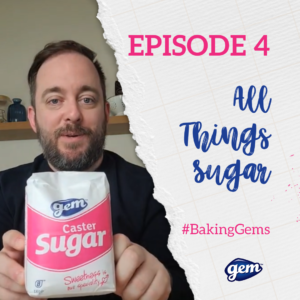
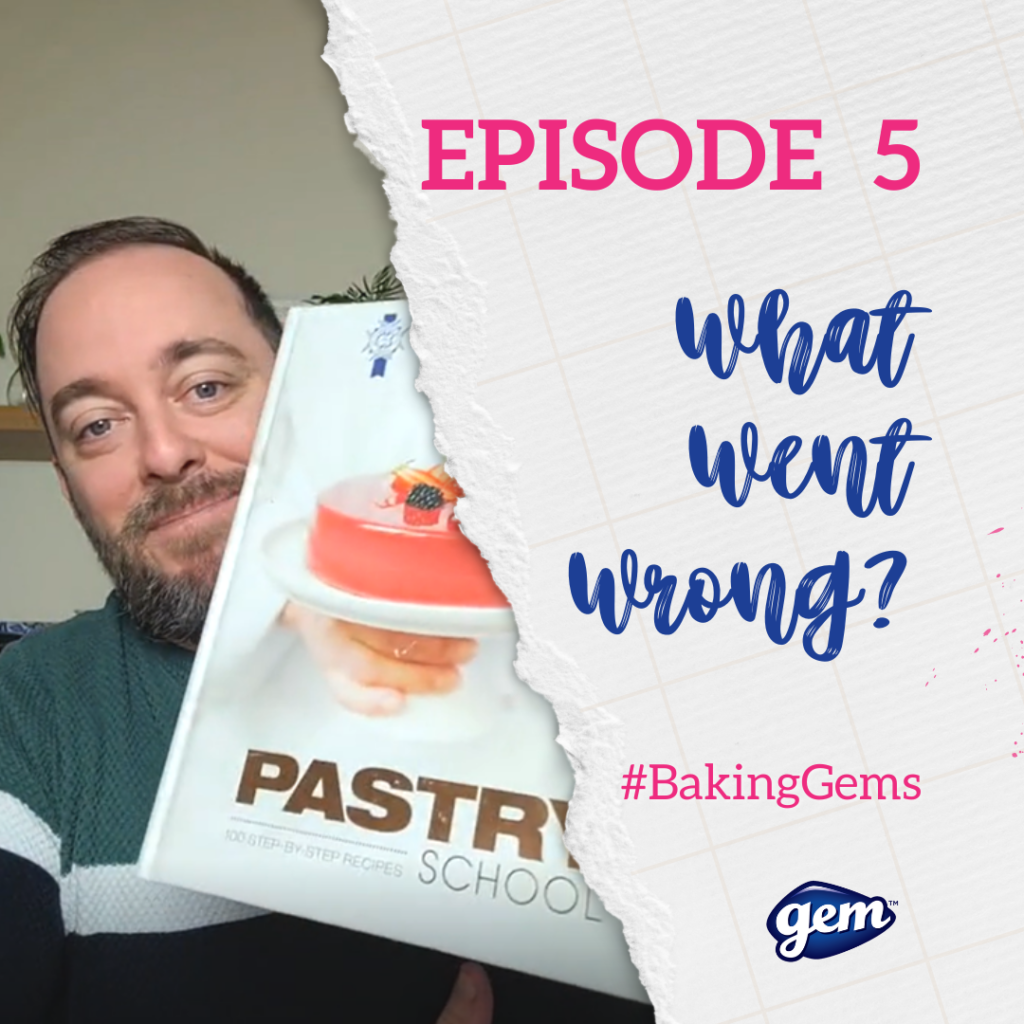

OTHER BAKING GEMS
Life is hectic and Baking is supposed to be fun so we’re sharing the little Gems we’ve learned over the years to make things easier, save you time, and help you avoid any baking disasters with tips and tricks that you can apply to your next baking adventure!

Baking Tips
Get the most out of your baking!
Know When to Open the Oven Door While Baking?
Do not open the oven for at least the first half of the baking time, as the cold air will interfere with the rising of dough/cake.
Keep Cake Fresh
Sprinkle homemade cakes with sugar while they are still hot. This will keep them fresher for longer.
How to Check if Your Cake is Ready
A great way of checking if your cakes are ready is to dip a cocktail stick into the middle. Usual rules apply – gooey stick means it’s not quite done, once it comes out clean they’re ready! Cheap and convenient!
For an Extra Light and Fluffy Finish to Any Creamed Sponge Cake Recipe
Simply substitute one ounce of self-raising or ‘sponge’ flour with an ounce of cornflour for beautiful results!
Keep Biscuits Fresh
Put a few sugar lumps in the bottom of your biscuit tin. The lumps will absorb the moisture and keep the biscuits fresh.
Better Batter
To make light crispier batter add just under a teaspoon of baking powder to the batter before you use it.
How to Use Royal Icing
It is important to beat the icing for 5 minutes as this will make the icing strong.
How to Prevent Curdling
When adding egg to a creamed butter and sugar cake mix add a little of the flour to prevent curdling.
How to Measure Golden Syrup
To measure golden syrup accurately warm a spoon in hot water, dry then use it to measure out the syrup. You will find the syrup slips off the spoon!
What SIZE OF BAKING TRAY TO USE
Use the smallest baking tray possible when using the oven, it allows the heat to circulate more evenly.
How to Know When Your Bread is Baked
You’ll know your loaf is cooked if you tap the bottom of the loaf and it sounds hollow. If you’re still not sure, check to see if the loaf shrinks away from the side of the tin – then it’s cooked.
How to Keep Your Bread Fresh
Once the bread is cool, wrap in plastic freezer/food bag. This will soften the crust and preserve a moist crumb. – Using butter or oil in a recipe makes bread fresher for longer.
How to Get Your Bread to Expand
After dough rises, grease a sharp knife and slash the top 3 to 4 times. This will allow the bread to expand quickly and avoids “blow outs” when bubbles from under the crust.
Kneading Bread or Pizza Dough
Use your hand to scrape the dough onto the work surface with lightly floured hands, and scrape the dough into a ball. Take the dough and push it forward and turn it back upon itself Turn the dough every time you push it for about 5-10 minutes Until the texture of the dough becomes really springy and you have a smooth, soft dough.
For Fluffy Meringues
Add a teaspoonful of cornflour to every 112g of sugar when making meringues, it stops them from turning into a sticky toffee consistency. Cook meringues with a wooden board under the baking tray, it absorbs discolouring smoke and keeps them whiter.
Kitchen Storage
Modern life means that we often need to find space to put kitchen utensils and equipment where space shouldn’t exist! These tips and tricks will help you to maximise your kitchen area.
Save Valuable Kitchen Space!
Stash plastic bags in empty paper towel tubes, hanging bag holders or even fold them so they take up less room yet still convenient to grab and go. A crock pot can be used to hold frequently needed utensils and set on the counter for easy access (wooden spoons, spatulas, soup ladles, etc.). It also helps keep the large utensils drawer better sorted since less is packed inside (dividers or shallow baskets come in handy here). You can also hang a wall basket to stash larger, lightweight items.
Avoid Searching for Appliance Parts!
Store a hand mixer, its beaters and attachments in a basket before tucking away into a cupboard. No more fussing with wrapping cords, digging around for attachments-everything is neatly tucked in the basket. This works for all kinds of small appliances and their attachments (electric knives, food choppers, electric juicers, etc.).
Hang Your Spices!
Spices can take up a lot of precious space–get them off the shelf and up on the wall. Mount a spice rack inside the pantry on a wall or hang a narrow basket shelf inside the door (not over the stove as heat degrades the quality of stored herbs and spices).
Protect Home Recipes!
Insert kitchen reference charts and favourite recipes in clear plastic sleeves then hang them on the inside of cupboard doors for easy access. They can easily be wiped clean and frequently referenced info will be right at your fingertips.
Manage Those Lids!
Pack lids for plastic containers or Tupperware in a clear tub or large Ziploc bags so it’s easy to see just where the required lid is…no more rampaging foot loose and fancy free!
Keep Your Lazy Susan Active!
Lazy Susan’s are a great tool to store similar things together and you’ll know just where to grab what’s needed.
Add Handy Cup Hooks!
Fix cup hooks to the inside of cupboard doors and on pantry walls. Hang things like measuring spoons, large BBQ & kitchen utensils (with straps or holes for hanging), trivets, etc.
Store Small Items Together!
Ziploc bags neatly carry small like-items (twisty ties, corn cob handles, etc.) then stash all the bags together in a basket or tub.
Make the Most of Wall Space!
Utilize the space underneath cupboards by installing a paper towel or plastic wrap holder, knife holders, etc.
Limit Food Waste!
A chart will nicely track food items in the freeze – you’ll be able to keep on top of what should be eaten soon (meaning less to throw out!).
Bamboo Steamer Storage!
A bamboo steamer makes an ideal countertop food container. Stash bulbs of garlic, onions, shallots, and other items that don’t require refrigeration and need ventilation.
have YOU any baking questions? POP THEM BELOW!
Pantry Pride
A well-stocked and sorted pantry is not only aesthetically pleasing but will also save you time, money and effort.
Basic Tips
Consider stashing measuring cups right in the bins along with the sugar, flour, etc. If you have big bins, consider sticking the sifter right in with the flour too. Great trick and no more digging for lost measuring cups!
Use shallow tubs and boxes to contain like items in the refrigerator. Just pull out the tub and grab what’s needed (condiments box for relish, etc.). No more digging through the fridge trying to find that elusive jar of mustard!
Keep pouches of dry soup mixes, seasonings, etc., in small bins (empty margarine tubs work great) or baskets…now they’re neat & tidy in one place.
Fruit, Other Than Berries, Shouldn’t Be Stored In The Fridge
Refrigerators dull the taste of most produce, so if you bought something that doesn’t need to go in there leave it out. Most fruits including apples, oranges, pears and bananas don’t belong in the refrigerator unless you’re not planning on eating them soon. I don’t refrigerate tomatoes, avocados or peppers either. Very hot climates are an exception, however.
How to Keep Brown Sugar Soft
After opening, to keep brown sugar soft, roll tightly to force air out of plastic, then place in a zip-lock freezer bag.


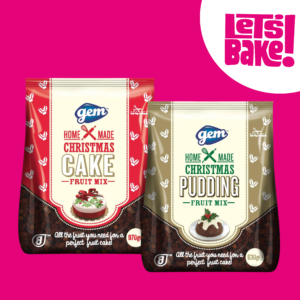

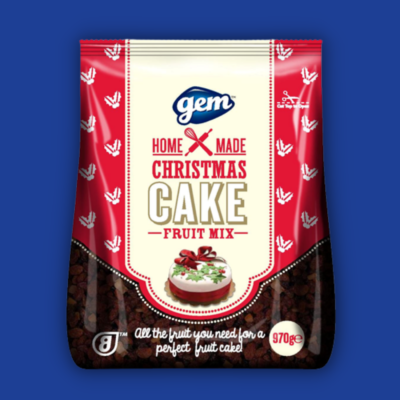
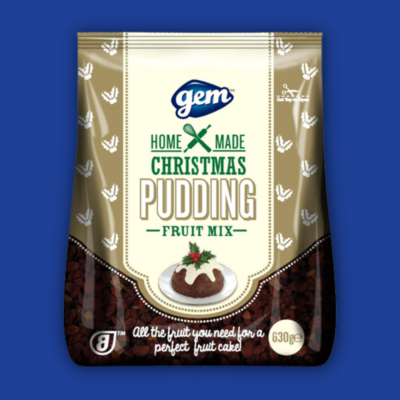
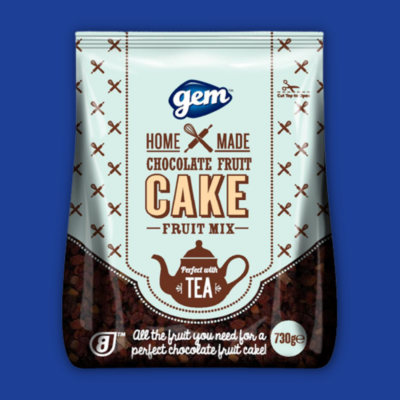
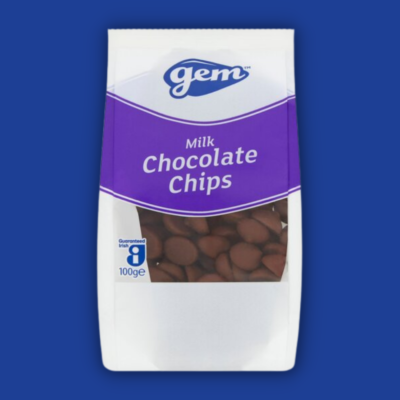
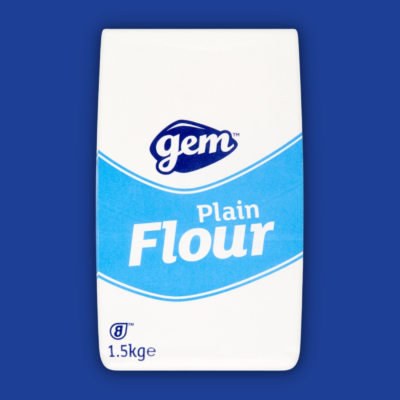
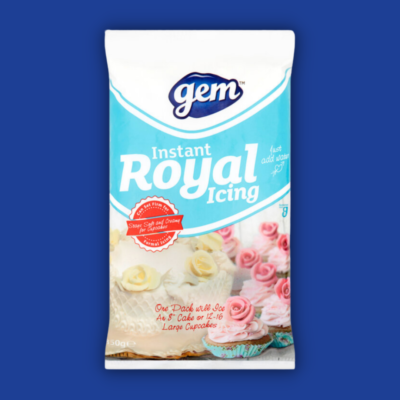

What quantity of gem bread soda required for one 500 gram brown bread loaf. Noel Ormsby.
For a 500g brown bread loaf, you typically need about 1 level teaspoon (5 grams) of bread soda (bicarbonate of soda) when using GEM Bread Soda or any equivalent.